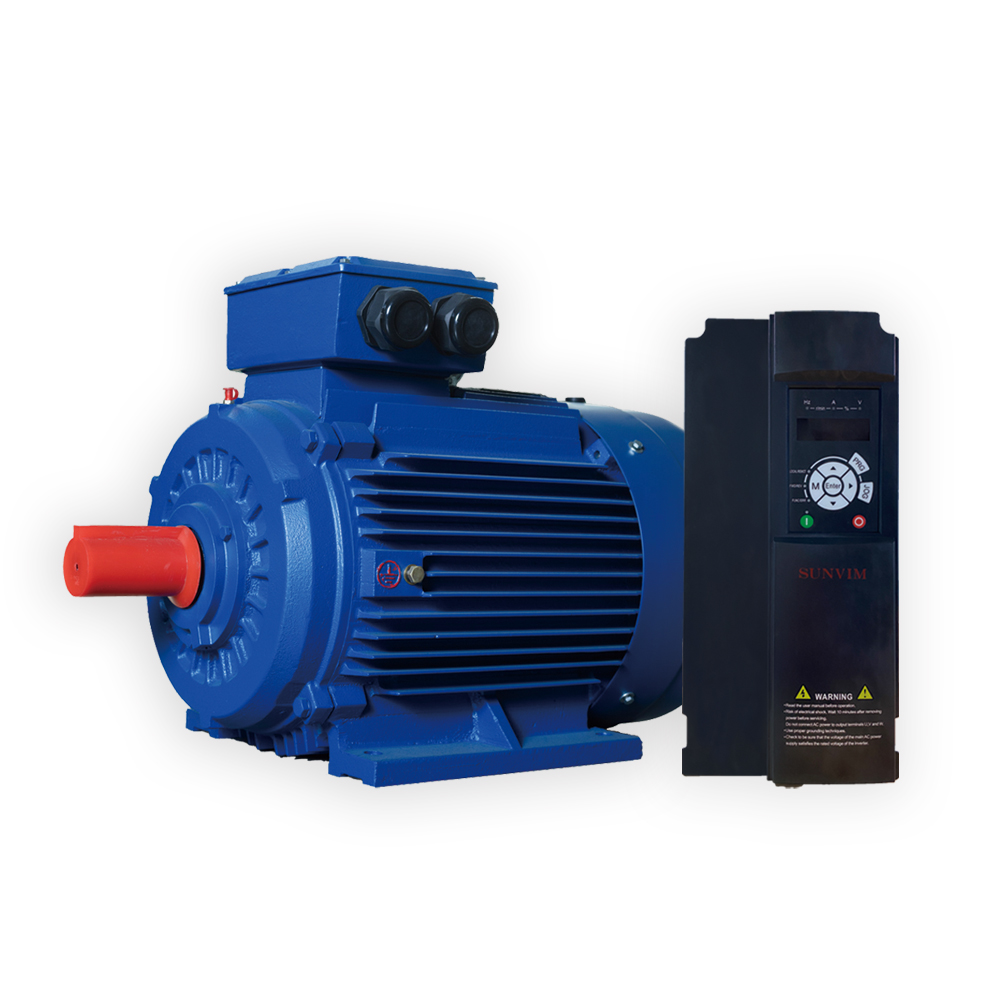Improving the energy efficiency of motors and drives sounds good in principle but what does it mean in practice?
On July 1st, 2023, the second step of the EU Ecodesign Regulation (EU) 2019/1781 comes into force, setting additional requirements for certain electric motors. The regulation’s first step, which was implemented in 2021, intends to make electric motors and drives more efficient with the aim of saving 110 Terawatt hours per year in the EU by 2030. To put that number in context, that saved energy could power the whole of the Netherlands for one year. That is a staggering fact: simply by using more efficient motors and drives, the EU will save more energy than an entire country uses in a year.
Achievable energy savings
The good news is that these energy efficiency improvements are achievable. Step one of the EU Ecodesign regulation stipulated a minimum energy efficiency class of IE3 for new motors, and IE2 for all new drives. While these demands remain in force, step two introduces an IE4 requirement for certain motors with rated output from 75-200 kW. The EU is the first region in the world to introduce IE4 energy efficiency standards for some motors. Products that comply with the new regulation have already been on the market for many years, so the switch is technically easy, and it will give motor owners clear energy savings and reduced running costs.
By adding drives to control the speed of these motors can increase energy savings even more. In fact, the right combination of a high-efficiency motor with a drive can cut energy bills up to 60% compared to a motor that is continuously running at full speed in direct-on-line (DOL) use.
This is only the beginning
While using more efficient motors and drives according to the new regulation will bring great benefits, there is still the potential to reduce energy consumption even further. This is because the regulation only specifies the minimum efficiency standard required. There are, in fact, motors available which are significantly more efficient than the minimum level, and together with efficient drives they can give you even better performance, especially at partial loads.
While the regulation cover efficiency standards up to IE4, SUNVIM MOTOR has developed synchronous reluctance motors (SczRM) that attain an energy efficiency level up to an IE5 standard. This ultra-premium energy efficiency class offers up to 40% lower energy losses compared to IE3 motors, in addition to consuming less energy and producing fewer CO2 emissions.
Post time: Jul-28-2023


